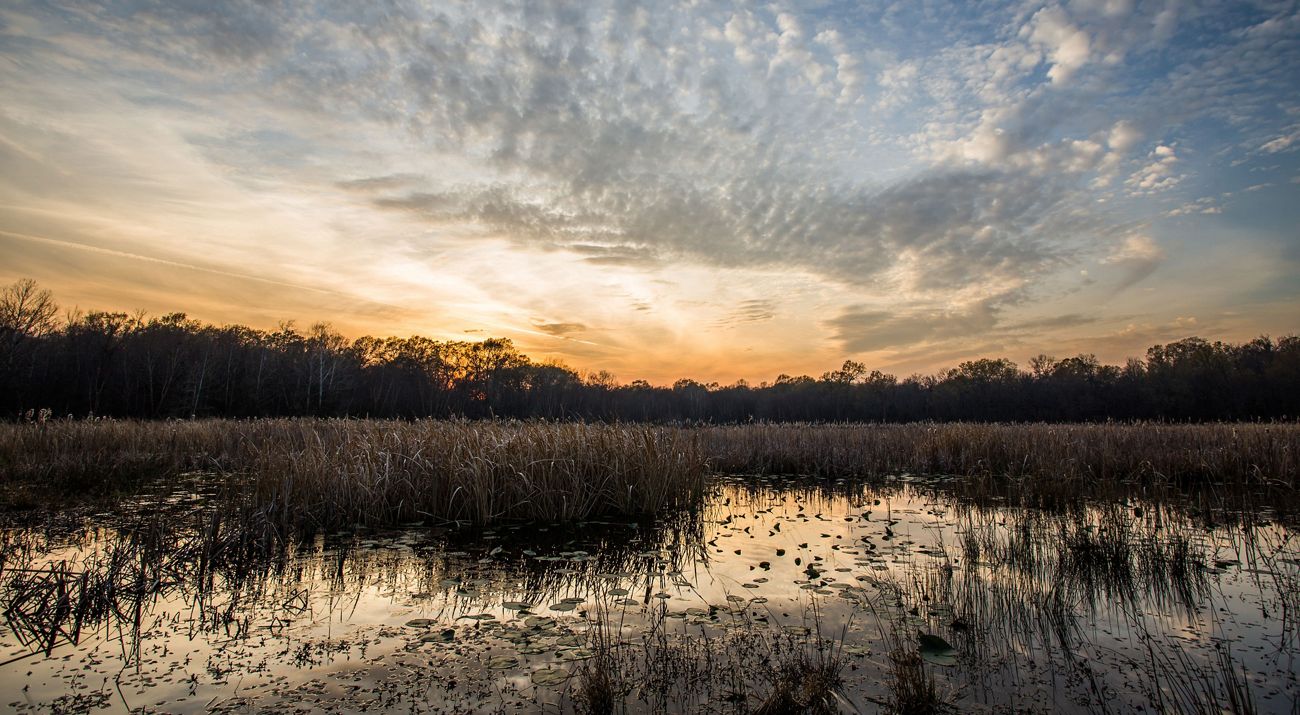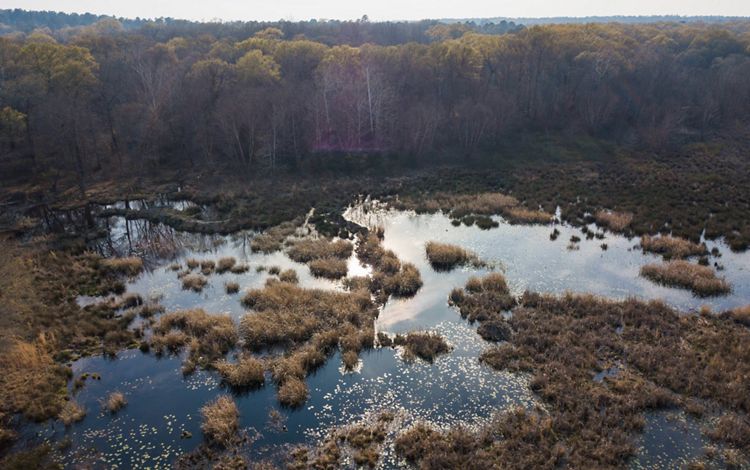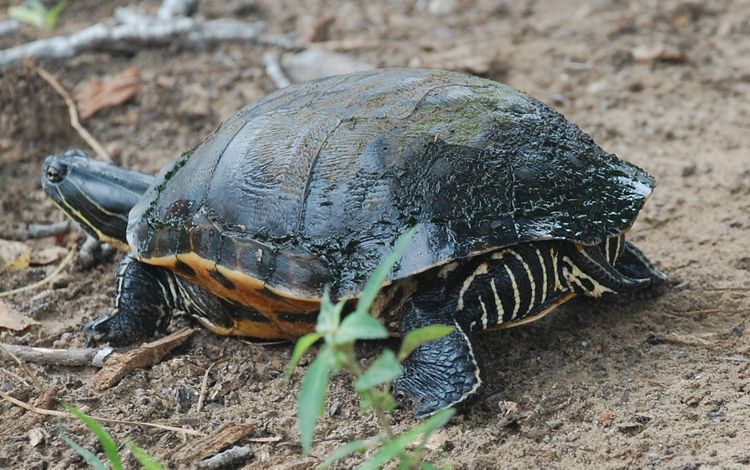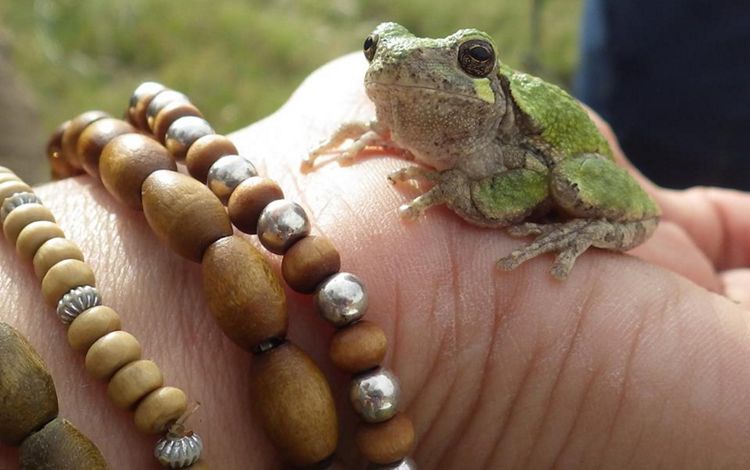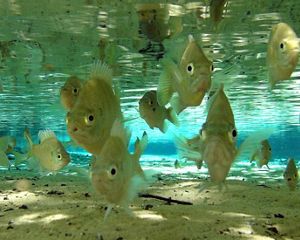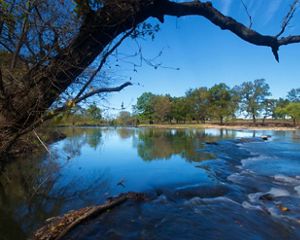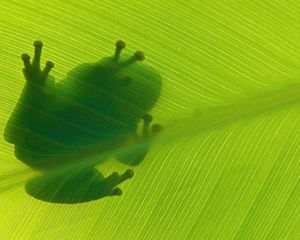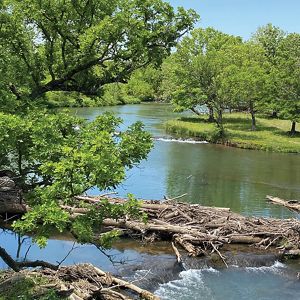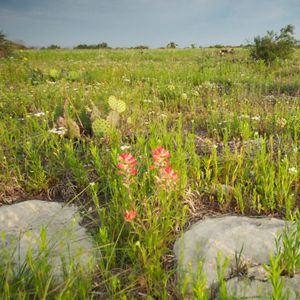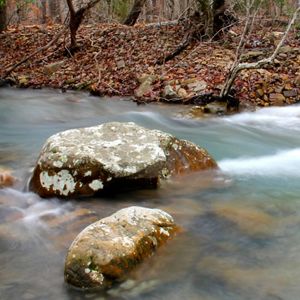Description
Boehler Seeps and Sandhills Preserve is situated in the gulf coastal plain sandhill ecosystem. The preserve itself, just over 400 acres, combines two distinct community types: the bluejack oak woodland community and the acid hillside seep community. No other known site in Oklahoma combines these two communities.
The bluejack oak sandhills occur on upper slopes and hillcrests within outcrops of the antlers sandstone, a cretaceus formation overlaid by fine to medium-grained sand. An open woodland of low oaks such as bluejack oak, blackjack oak and post oak dominates the sandhills. The flora of the forest floor includes a number of southwestern gulf coastal plain plants, such as spikemoss, buckwheat, clammyweed, beardtongue, scurfpea, cotton-rose, Whitlow-wort and Texas Dutchman's breeches.
Acid hillside seeps form where the water table intersects with the surface, usually along the sides of small drainages in sandy soils. The flora of the seeps includes species such as southern clubmoss, spikerush, beakrush, nutrush and pipewort. Luxurious bryophyte communities, also known as moss, extend across the seeps and creek banks.
The critically imperiled dwarf pipewort has also been found on the preserve. Approximately 2 to 4 inches tall, the dwarf pipewort has thin, pale green leaves that appear to grow directly out of the ground. It grows in moist to wet, sandy soils of upland seeps and bogs.
Two freshwater marshes provide habitat for several rare state plants, the chicken turtle, the green treefrog and other amphibians. A beaver dam helps to maintain some of the preserve's wetland characteristics.
